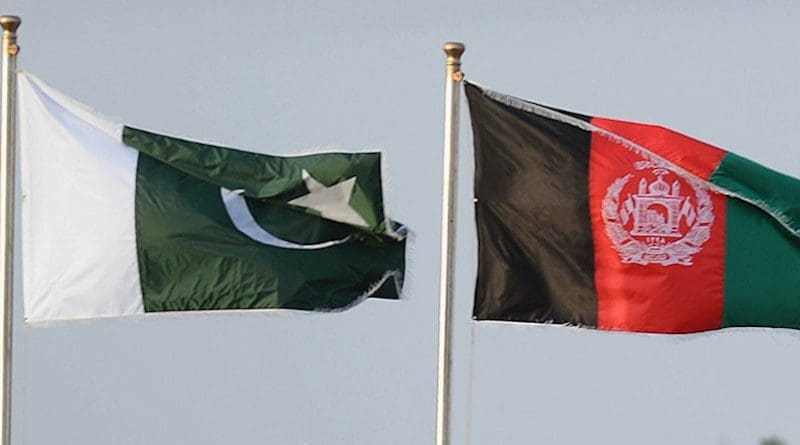Pakistan-Afghanistan Trade Ties – OpEd
Afghanistan and Pakistan has bilateral trade agreement known as Afghanistan – Pakistan Transit Trade Agreement (APPTA). The bilateral agreement was signed in 2010 aimed at to facilitate the movement of goods between two countries. Pakistan has given the second extension till the signing of revised APTTA – after the first extension of APPTA which expired on 11 May 2022. Earlier the 10 year agreement was expired on 11 February 2021. It has been reported that modalities have been finalized but the agreement is yet to be signed. Moreover, Pakistan has also recently announced trade related concession to Afghanistan to overwhelmed looming humanitarian and economic crisis in the country. According to the data, Pakistan exports to Afghanistan was around $ 700 Million – similarly, imports are also around $ 700 Million in last 11 months. Under the APTTA, 72821 twenty foot containers entered into Pakistan in 2017 – and among those 70311 were commercial while remaining were non-commercial.
In the previous years, the trade between two countries was low – as many experts point towards Indian influence and US for nor providing trade exemptions. Moreover, we have also seen a number of new nations enter the Afghan market. Malaysia, India, and Indonesia are all making improvements, despite China’s continued dominance. Some of the most crucial commodities covered by the APTTA are foodstuffs including food, medication, and household appliances. This is due to the growing demand for consumer products in Afghanistan. Fabrics, photosensitive semiconductor devices, vegetable oils, sugar, palm olein, armoured vehicles, and weaponry were among the most significant items imported via the APTTA in 2019.
Afghan transit via Pakistan is declining due to a variety of factors, including rising transportation costs, shipping detention fines, onerous scanning and testing at sea and land ports, insurance guarantees, and sometimes illegal payments (in recent years). Structural flaws in Afghanistan’s transportation infrastructure make it difficult for the country’s citizens to travel safely and on schedule. In order to speed up the resolution of these issues, the APTTCA mechanism might be reactivated.
Trade departments in Afghanistan and Pakistan should form a team with expertise in research, monitoring, and evaluation. Keep an eye out for how decisions reached at government meetings are carried out; and do special study on how Afghanistan and Pakistan may cooperate together in the area of international commerce and investments.
Two-way commerce will immediately benefit from improvements in transportation, customs, and border regulations. Test runs have begun for Pakistani railways to transport products while moving. An assessment might be carried out whether this strategy produced the desired outcomes. The Torkham-Jalalabad dual highway and the Chamman-Kandahar rail link might reduce travel costs if they are completed on schedule and operate well.
Pakistan should continue to rely on its development partners to assist automate the flow of commerce at its borders. If commerce is permitted at additional border crossings, Afghanistan may get assistance from the FBR in implementing systems like Weboc. There may be a need for “border haats,” which have been successful in Asian economies when automation and conventional trade infrastructure are not available.
Afghanistan and Pakistan’s business collaboration should be supported by governments, non-profits, and think tanks. It is time for Afghanistan and Pakistan to have annual economic conferences, and businessmen and entrepreneurs from both countries should be invited. It is imperative that the media get together as soon as possible. Fact-based discussion programmes on the prospects for trade and investment cooperation might be produced by television stations on both sides of the border. For both firms, this will allow them to observe how improved business ties have led to success stories. Cricket diplomacy might be a useful tool for bridging the gap between the two nations.
If the South Asian Association for Regional Cooperation (SAARC) process is to be fully normalised and SAARC Heads of State Summits held on a regular basis, it is imperative that both nations work together to achieve this goal. The Economic Cooperation Organization (ECO) and the Shanghai Cooperation Organization (SCO) may be convinced to assist in reviving the SAARC process.- The economic ties that South Asia has with the rest of the region will be beneficial in the long term.
The author holds an M.Phil from National Defence University and freelance writer and can be reached at [email protected].

